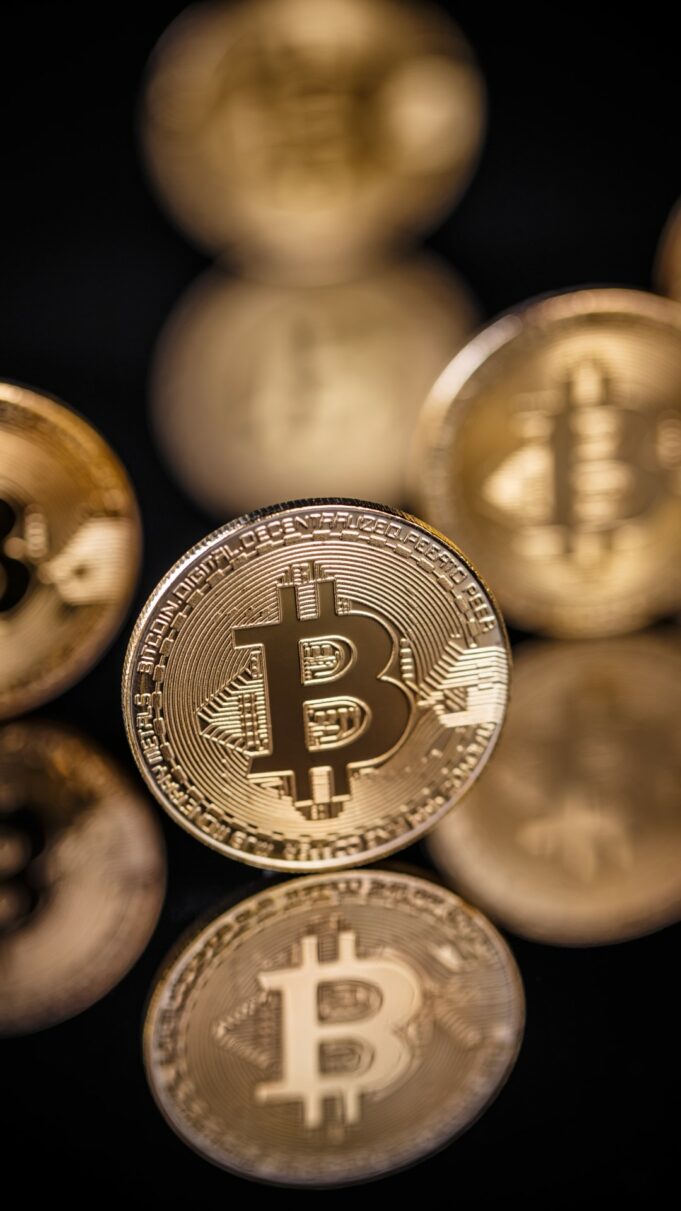The mining incentive in Bitcoin is a crucial element of the cryptocurrency’s ecosystem. It is the main incentive for miners to verify transactions and maintain the network’s security. However, what happens when the mining incentive is gone in Bitcoin? This article aims to explore this question and examine the possible outcomes of such a scenario.
First, let’s understand what the mining incentive in Bitcoin is. When a miner verifies a block of transactions, they are rewarded with a certain amount of Bitcoin. This reward is currently set at 6.25 BTC per block, and it halves every 210,000 blocks. This event is known as the halving, and it occurs approximately every four years.
The mining incentive serves two purposes. Firstly, it incentivizes miners to verify transactions and keep the network secure. Secondly, it is the primary way in which new Bitcoin is introduced into circulation. Without the mining incentive, there would be no incentive for miners to verify transactions, and the network would become vulnerable to attacks.
So, what happens when the mining incentive is gone in Bitcoin? There are several possible outcomes, and each one has its implications.
One possible outcome is that transaction fees become the primary incentive for miners. Currently, transaction fees make up a small percentage of a miner’s revenue, with the majority coming from the block reward. However, as the block reward decreases over time, transaction fees will become a more significant part of a miner’s income.
If transaction fees become the primary incentive for miners, it could lead to an increase in fees. Miners will prioritize transactions with higher fees, leading to longer confirmation times for lower fee transactions. This could make using Bitcoin more expensive and less accessible for some users.
Another possible outcome is that the network becomes less secure. Without the mining incentive, there may not be enough miners to keep the network secure. This could lead to an increase in the number of attacks on the network, making it less reliable and trustworthy.
To prevent this outcome, it is essential to incentivize miners to continue verifying transactions and maintaining the network’s security. This could be achieved through alternative incentive mechanisms, such as staking, where users stake their Bitcoin to validate transactions instead of mining. This would provide an alternative way for users to earn rewards while maintaining the network’s security.
Finally, it is possible that Bitcoin’s value could decrease if the mining incentive disappears. The mining incentive is closely tied to the value of Bitcoin, as it is a significant part of the cryptocurrency’s supply. If the mining incentive disappears, it could lead to a decrease in demand for Bitcoin, which could decrease its value.
However, this outcome is unlikely, as Bitcoin’s value is based on more than just the mining incentive. It is a decentralized currency with a finite supply, making it a valuable asset for long-term investors. Additionally, Bitcoin has a strong community of supporters who believe in its potential to revolutionize the financial industry.
In conclusion, the mining incentive in Bitcoin is a crucial element of the cryptocurrency’s ecosystem. It incentivizes miners to verify transactions and maintain the network’s security while also introducing new Bitcoin into circulation. If the mining incentive disappears, it could lead to an increase in transaction fees, a less secure network, and a decrease in Bitcoin’s value.
To prevent these outcomes, it is essential to incentivize miners through alternative mechanisms such as staking. Additionally, it is vital to continue promoting the value and potential of Bitcoin to maintain demand for the cryptocurrency. With these measures in place, the disappearance of the mining incentive in Bitcoin is unlikely to have a significant impact on the cryptocurrency’s future.

























